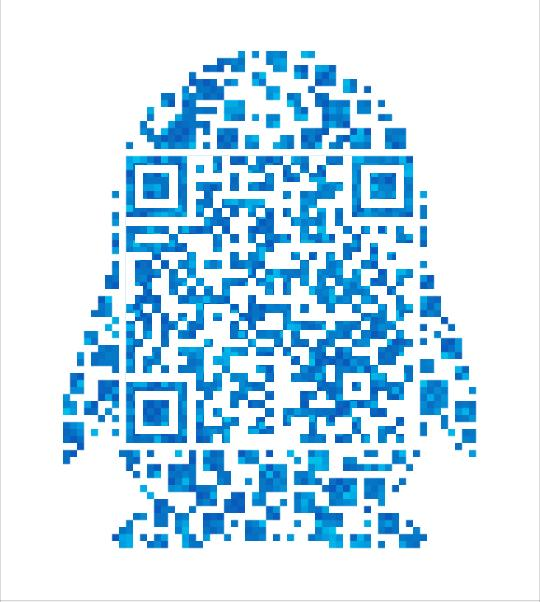mount: unknown filesystem type ‘ntfs’
This is because NTFS formatted partitions are not recognized on CentOS
solution:
it can be solved by using ntfs-3g
open the download point of ntfs-3g http://www.tuxera.com/community/ntfs-3g-download/
Compile and install:
Storage location of source code
cd /usr/local/src/
Download the latest version of the source code package
wget https://tuxera.com/opensource/ntfs-3g_ ntfsprogs-2017.3.23.tgz
Unzip source code package
tar -zxvf ntfs-3g_ ntfsprogs-2017.3.23.tgz
Enter the extracted package directory
cd ntfs-3g_ ntfsprogs-2017.3.23
Generate configuration file
./configure
Compile
make
Installation
make install
This is the end of the installation
Then hang up the disk, this time hang up the U disk
mount -t ntfs-3g /dev/sdb1 /mnt/usb
Why do I use/dev/sdb1 here to see it with fdisk – L
I have the following information on my side
Disk /dev/sdb: 31.0 GB, 31029460992 bytes
255 heads, 63 sectors/track, 3772 cylinders
Units = cylinders of 16065 * 512 = 8225280 bytes
Sector size (logical/physical): 512 bytes/512 bytes
I/O size (minimum/optimal): 512 bytes/512 bytes
Disk identifier: 0x00000000
Device Boot Start End Blocks Id System
/dev/sdb1 * 104 3716 29014016 7 HPFS/NTFS
/dev/sdb2 3716 3773 458751+ 1b Hidden W95 FAT32
So I hung sdb1, which is the NTFS
Unload U disk: after using U disk, you need to type the unload U disk command before unplugging it
the command is as follows: umount/MNT/USB
Before unloading, do not mount the current path on the U disk, but switch to another directory to unload normally
In addition, if you want to mount the sdb2 listed above, the command is as follows
mount /dev/sdb2 /mnt/usb
I did the whole test under CentOS 6.10
My wechat:  my QQ:
my QQ: 
 my QQ:
my QQ: 